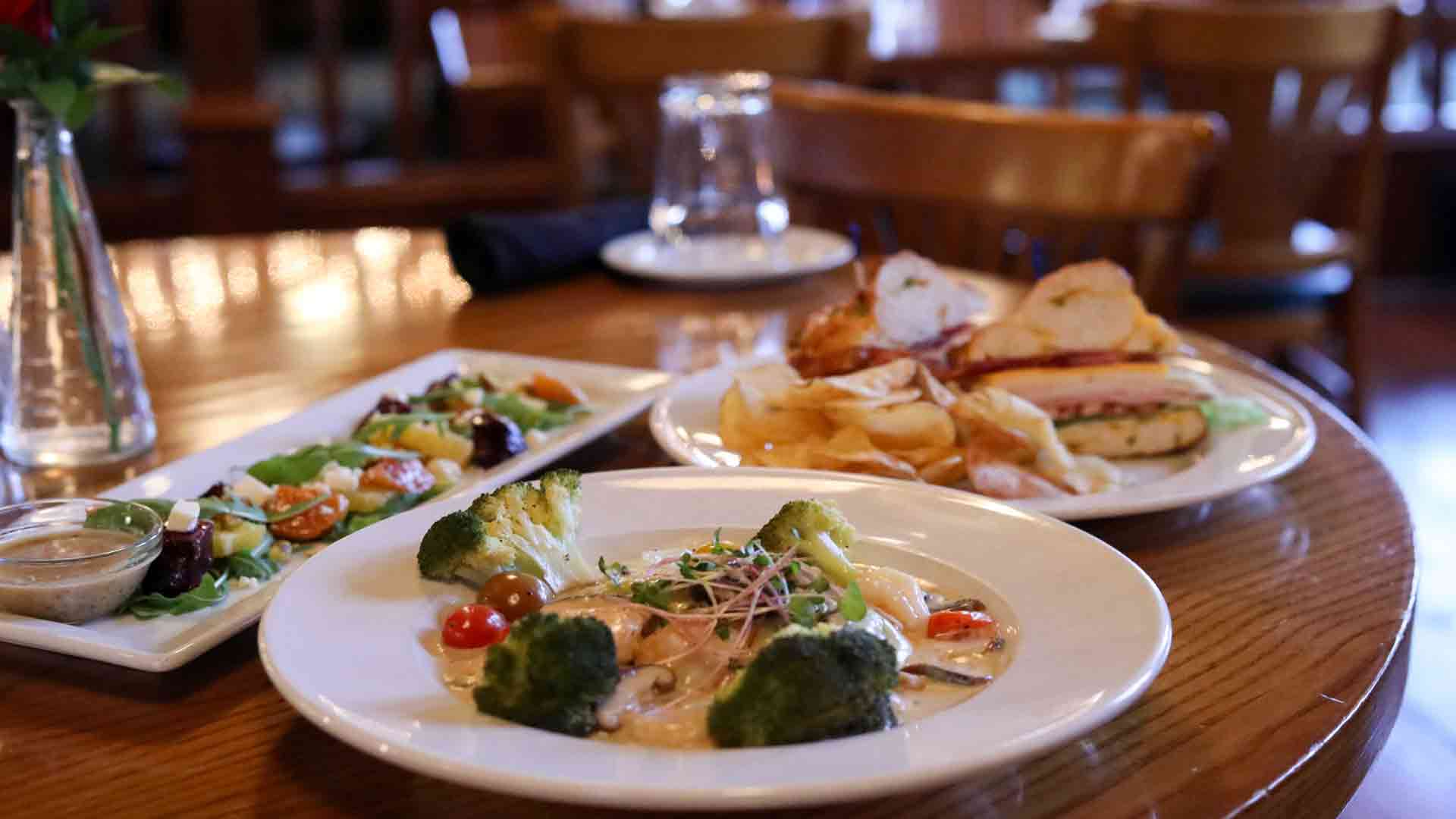Dining Across Time

Dining Across Time
Dining is far more than the simple act of consumption; it is a ritual, a social cornerstone, and a cultural artifact that has evolved dramatically throughout human history. The journey from a primitive communal fire to the sophisticated modern restaurant is a fascinating tale of innovation, status, and taste. To understand our contemporary culinary landscape, we must first embark on a journey, dining across time to witness the profound transformation of how we eat.
Our story begins in the ancient world, where the history of food was deeply intertwined with community and ceremony. In Ancient Rome and Greece, banquets, or 'symposia,' were elaborate affairs for the wealthy elite. These were not just meals but political and philosophical gatherings where reclining diners enjoyed multiple courses of wine, bread, olives, and exotic meats. The focus was on shared experience and social bonding. For the common person, meals were simpler, often consisting of grains, vegetables, and legumes, but the principle of communal eating remained a central part of daily life.
Leaping forward to the Middle Ages, dining became a powerful display of wealth and social hierarchy. Medieval feasts in the great halls of castles were extravagant and often chaotic spectacles. Tables groaned under the weight of roasted swans, boars' heads, and immense meat pies. Cutlery was scarce; diners used their hands, knives, and a piece of stale bread called a 'trencher' to sop up juices. This era's food culture history was defined by excess for the nobility and scarcity for the peasantry, with food serving as a clear and public symbol of one's station in life.
The concept of dining as we know it today, however, did not truly begin until the 18th century. The evolution of restaurants can be traced back to post-revolutionary Paris. It was here that the first 'restaurant' opened its doors, offering 'restorative' broths to weary patrons at private tables. This was a revolutionary idea. For the first time, individuals could choose from a menu, dine at a time of their choosing, and pay for a specific meal rather than a communal table d'hôte. This innovation laid the groundwork for the entire modern hospitality industry.
The 19th and early 20th centuries accelerated this evolution. The Industrial Revolution brought new methods of food preservation and transportation, making a wider variety of ingredients accessible to the growing middle class. Fine dining became more formalized, with strict rules of etiquette, elaborate table settings, and the rise of culinary icons like Auguste Escoffier, who codified French cuisine. Simultaneously, immigration began to weave a rich tapestry of new flavors into Western diets, introducing Italian, Chinese, and other global cuisines to new audiences.
This explosion of culinary diversity has defined the modern dining experience. Technology, travel, and media have created a truly global palate. We can savor authentic Thai curry in Chicago, enjoy traditional Japanese sushi in São Paulo, or find a perfect Italian pizza in Sydney. The world's culinary heritage is more accessible than ever before. This incredible connectivity allows anyone to explore a world of flavors through extensive global restaurant listings, connecting us directly to this rich and ongoing history of food.
Today, the future of dining continues to unfold with trends like farm-to-table sustainability, the scientific precision of molecular gastronomy, and the convenience of food delivery apps. Yet, at its core, dining remains what it has always been: a fundamental human experience that nourishes our bodies, forges social bonds, and tells the story of who we are. Every meal we eat is a chapter in this ever-evolving, delicious history.